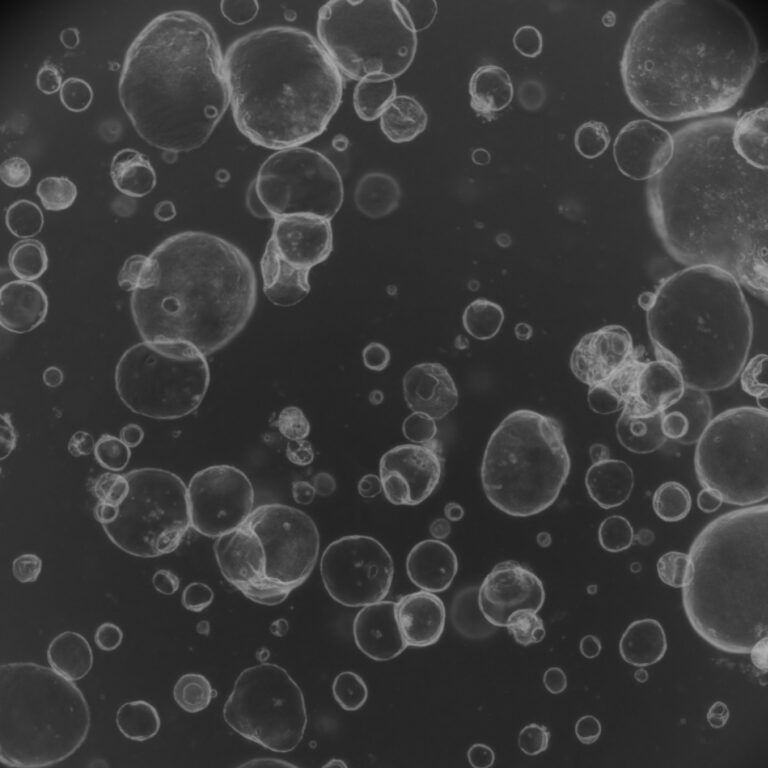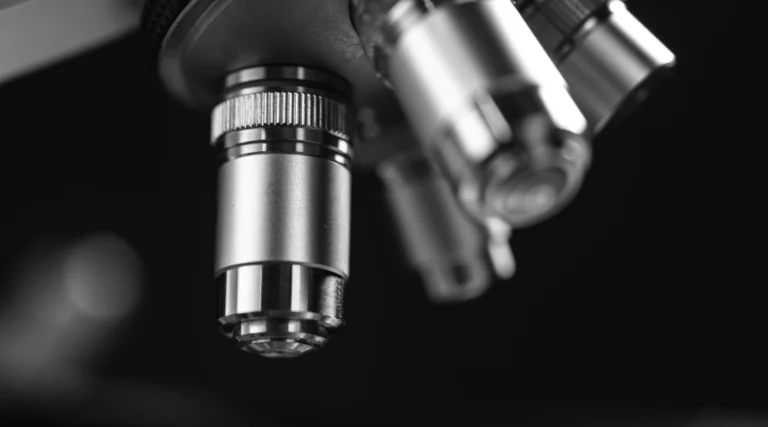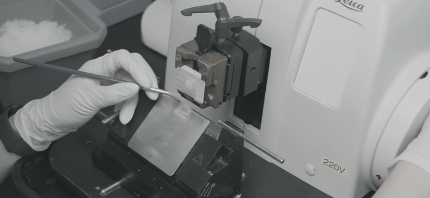iCAT: An Open-Source Platform for Multi-Angle, High-Resolution Organoid Imaging
Journal: Communications Biology
Author: Svoboda, O., Machoňová, O. & Bartůněk, Czech Republic
iCAT is an open-source, 3D-printable accessory that enables axial rotation, precise temperature control, integrated LED lighting, and real-time monitoring for light microscopy. Compatible with standard upright microscopes, it allows researchers to capture high-resolution, multi-angle images and videos of organoids and diverse model organisms. With its accessibility and versatility, iCAT expands possibilities for studying dynamic cellular processes and developmental biology.
Preconfigured Neuronal Firing Sequences in Brain Organoids
Journal: Nature Neuroscience
Author: van der Molen, T., Spaeth, A., Chini, M. et al., USA
This study shows that human and mouse brain organoids naturally develop structured neuronal firing sequences – patterns previously thought to rely on experience. These temporally rigid and flexible sequences appear across multiple organoid types and neonatal cortical slices, but not in dissociated cultures, suggesting they arise from an intrinsic developmental architecture. The findings position brain organoids as powerful models for studying how neural circuits form.
Modeling Lung Cancer Metastasis with Vascularized Organoids
Journal: Scientific Reports
Author: Lee, M., Yoon, YJ., Lee, J.Y. et al., Republic of Korea / Japan
A vascularized lung cancer organoid (VLCO) model was developed by coculturing lung cancer and blood vessel organoids to replicate the tumor-vasculature microenvironment. This system captures key processes such as cancer cell migration, intravasation, and EMT induced by vascular interactions. It also enables scalable drug testing, providing a powerful platform for studying tumor – endothelial crosstalk and evaluating antimetastatic therapies.
Engineered Thoracic Spinal Cord Organoids for Spinal Cord Repair
Journal: Nature Biomedical Engineering
Author: Zhu, Y., Huang, R., Yu, L. et al., China
Researchers developed thoracic segment-specific spinal cord organoids (enTsOrg) from iPSCs that mimic native cellular composition, dorsoventral organization, and segmental heterogeneity. When transplanted into spinal cord-injured mice, these organoids formed functional synaptic connections, restored neuroelectric conduction, and significantly improved hind-limb motor function. The study demonstrates the potential of anatomically tailored organoids for precise neural circuit reconstruction and spinal cord injury therapy.



